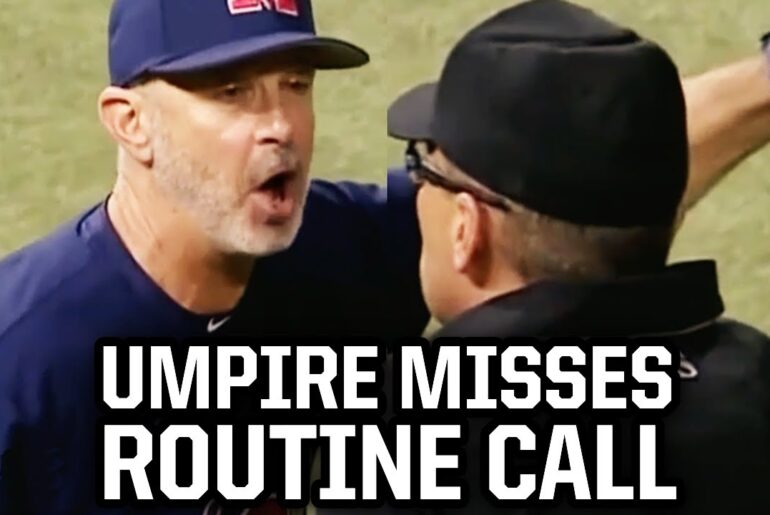In the world of baseball, every play is a microcosm of strategy and skill. One of the most intriguing aspects of the game is the interaction between the pitcher and catcher. In this breakdown, we will explore three distinct parts of a baseball play that showcase the intricate dance between these two players. From a high-stakes at-bat to the subtle art of pitch framing, baseball is not just about brute force but also about finesse and strategy.
The Epic Battle: Greinke vs. Maldonado
The first part of our breakdown revolves around a high-pressure moment in a game. Picture this: two outs, the bases loaded, and Zack Greinke on the mound facing Martin Maldonado. The tension is palpable as Greinke and Maldonado engage in a mental showdown.
– The count starts at 1-1, but as it progresses to 3-2, anticipation rises.
– Greinke delivers a fastball down the middle, setting the stage for a pivotal pitch.
– Greinke takes his time, scrutinizing the field, while Maldonado remains patient at the plate.
– Greinke attempts a pick-off move, adding another layer of complexity to the situation.
– The umpire intervenes briefly as both players continue their mental chess match.
– Finally, after a prolonged delay, Greinke delivers the 3-2 pitch, leaving everyone on the edge of their seats.
The Subtle Art of Pitch Framing
The second part of our breakdown delves into the craft of pitch framing, where catchers aim to deceive umpires subtly. While it may seem like a minor detail, pitch framing can significantly impact the outcome of a game.
– We witness catchers manipulating the strike zone by giving their pitchers a target and then swiftly dropping their glove.
– The goal is to present a clear view to the umpire without any interference or reference points.
– Some catchers execute this skill flawlessly, with minimal glove movement and a focus on the ball’s trajectory.
– Others, while attempting to adopt this technique, struggle to eliminate unnecessary glove movements, which can give away the deception.
– The art of pitch framing is a subtle dance that, when done correctly, can influence an umpire’s call and benefit the pitcher.
Altuve’s Bases-Loaded Groundout
The final part of our breakdown involves the outcome of the at-bat we previously examined. After the intense battle between Greinke and Maldonado, Jose Altuve steps up to the plate with the bases loaded. The pressure is on, and the game hangs in the balance.
– Altuve’s at-bat results in a groundout to third base, allowing Greinke and his team to escape the inning.
– Despite the tension, Greinke refrains from berating the umpire, choosing instead to maintain his composure.
– He calmly reminds the umpire that he is pitching from the wind-up, ensuring clarity for all involved.
– This level-headed approach reflects Greinke’s experience and sportsmanship, even in high-pressure situations.
Conclusion
Baseball is a sport of strategy, skill, and nuance. The interactions between pitcher and catcher, as we’ve explored in this breakdown, showcase the depth of the game. From the epic at-bat to the art of pitch framing and maintaining composure under pressure, baseball is a sport that combines athleticism with mental acumen. These moments on the field are a testament to the beauty of the game and the mastery of its players.



